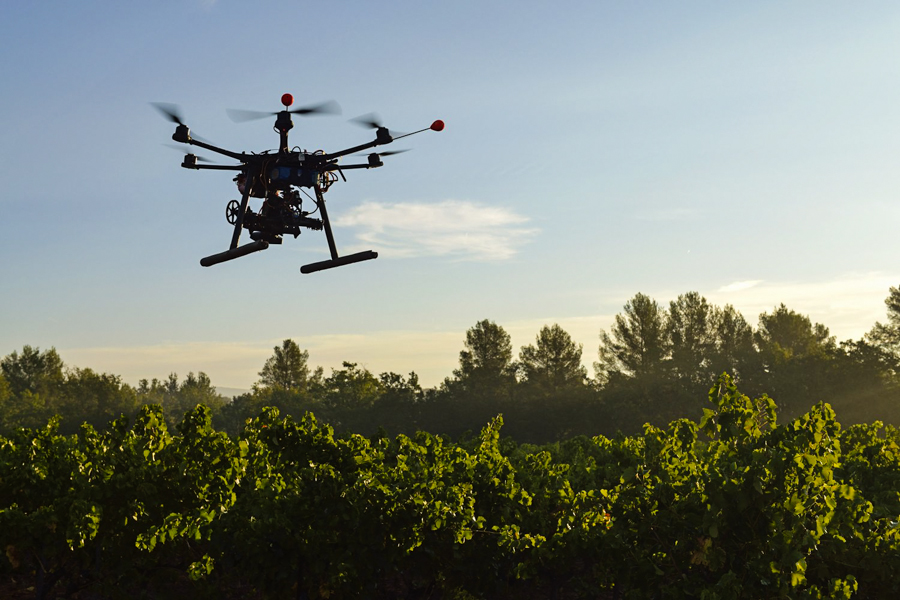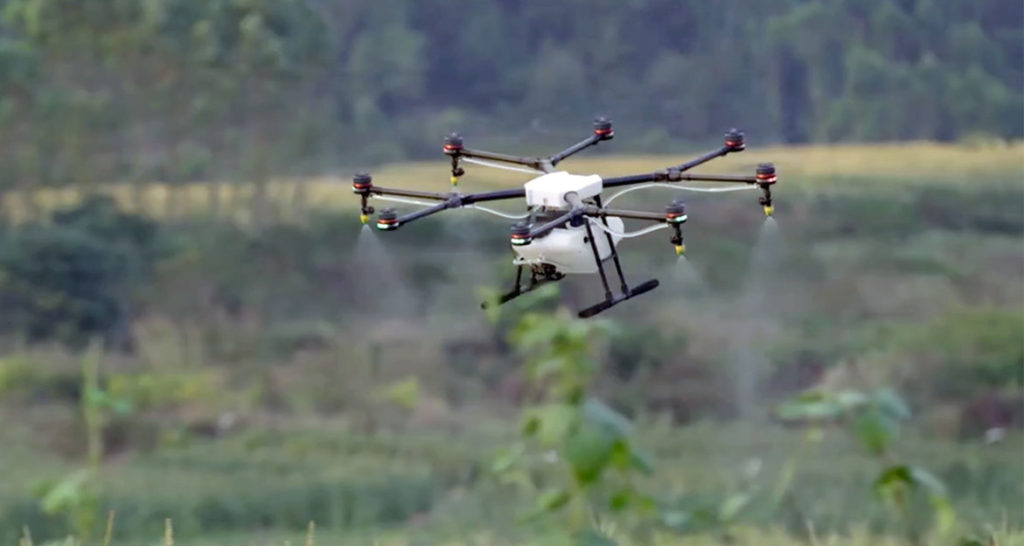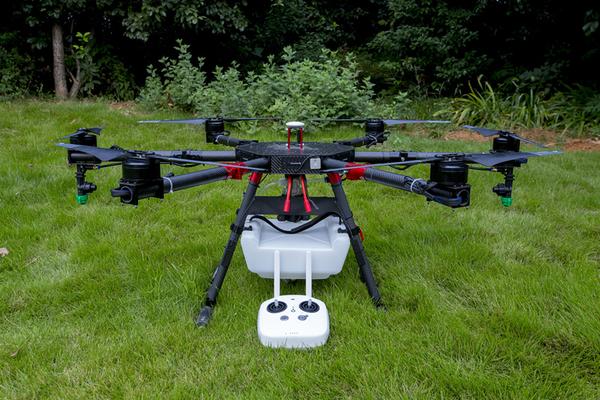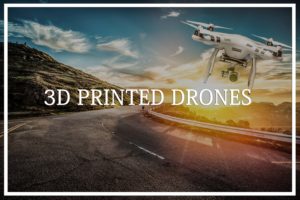Flying drones is much fun, but when you have a job to do, much of the fun is scooped out. Flying an agricultural drone requires that you be more careful and precise. Agricultural pilots need to understand that precision agriculture is not only the application of GPS drones in agriculture, among other unmanned systems. It is much more complex than that and it requires observation, evaluation of data, and managing the process by incorporating several technologies and tools.
A proper agricultural drone need to be conversant with the various farming practices, as well as be able to expertly maneuver the drone in order to ensure that they collect the necessary data required by farmers and agricultural service providers. Anyone can be a drone pilot as long as he or she understands the requirements of data collection, among other duties.
Drone Flying
To be a drone pilot, one must have a commercial remote pilot certificate issued by the FAA. However, before they can get the license the individual must have passed an aeronautical knowledge test from an FAA approved test center. Alternatively, the pilot can hold a current Part 61 private pilot certificate. The pilot must also be at least 16 years old.
However, drone application in agriculture goes far beyond basic drone flying skills. One needs specific training in agricultural drone flying and the orientation to the activities they will undertake in their capacity. This includes crop monitoring, livestock management, precision agriculture practices, and more. Here are some of the activities of a drone pilot
Aerial Seeding
In areas ravaged by wild fires, there is a high risk of soil erosion either from floodwaters, or from wind. The fire burns away the protective vegetation, thus exposing the soil to the eroding hazards. An agricultural drone pilot in such an area ought to be able to fly the drone and program the software for aerial seeding. This form of seeding is not only faster, but it ensures that the rocky ground, high-elevated areas that are otherwise inaccessible for human laborers to plant.
The method is often used in planting cover crops such as cereal rye, Sudan grass, among other grasses and legumes. It is paramount that the agricultural drone pilot knows how to program the drone to precisely drop the pods with the seeds and the growth mixture and ensure the maximum possible coverage of the soil.
Livestock Monitoring and Management
One of the applications of the agricultural drones is in the monitoring and management of animals in livestock farming. The drones are applicable where farmers keep a large heard of cattle, and they are left to graze for a long period on their own. The drone will come in handy in inspecting the health of the animals, the numbers, as well as the general condition of the entire heard.
The drone pilot is always on call to inspect the animals by taking pictures and videos in order to keep a visual record of the animals. The pilot ought to understand animal psychology and fly at a predetermined flight altitude so as not to stress and scare the animals.
Crop Health Monitoring
Spot-checking is the time old method of determining the health of crops in the field but it has its shortcomings such as human error. Laborers tasked with the activity will miss certain unhealthy plants and it might lead to difficulties in the eradicating the disease or pests. An agricultural drone pilot flies the drone from the ground to scan the entire field and the footage will help in determining the health status of the crops.
They must have the skill of reading NDVI maps created by using HD cameras with near infrared capabilities. It is their duty to inform the farmer or agricultural service providers to mitigate the problem. It is also their job to fly the drone caring fertilizers, pesticides, among other chemicals that thwart crop health threats and ensure even application.
Irrigation Management
As environmental conditions change and affect planting and harvesting seasons, many farmers are turning to irrigation in order to maintain their production. Water efficiency has thus become essential, and drones are helping farmers maximize their use. There are irrigation management specific drones that come equipped with thermal cameras the give them the advantage over humans.
The drone is able to track and monitor irrigation using both the thermal and conventional cameras. The pilot should be in a positon to spot areas where there is water pooling. The drone pilot will come in handy in giving an aerial view of what is being watered as well as in the managing of water resources. The drone pilot will need to put his or her NDVI map reading skills to use.
Environmental Monitoring
With the unpredictable weather conditions being experienced on a global scale, there is more need to have accurate data on environmental conditions than ever. Meteorological departments are now looking to record and collect data from as many places as possible in order to give the most accurate report on environmental changes. Agricultural drone pilots can come in handy in helping to collect data on climatic conditions of an area.
Large farms with the technological capability to set up a small weather station will need drone pilots who can to collect environmental data. They will have to be able to tell apart weather conditions and inform the farmer and agricultural service providers on their findings.
Storm Damage Clean Up
Since nothing can be done to avert a storm, the only way is to kick start the cleanup process after the storm has passed and salvage as many crops as possible. However, it is not as simple as deploying laborers and equipment, the process requires much planning for proper execution. Before drones had been adapted for agricultural use, the cleanup was purely based on blind estimation.
Today, an agricultural drone pilot can be able to help in planning the cleanup process by giving an aerial view of the affected part of the farm and the farmer can allocate the necessary resources.
Finally, it is a requirement that the agricultural drone pilot have the necessary skills to use agricultural software, apps, and other technologies in order to expedite his duties effectively. While any commercial UAV pilot can fly he drone, they will need to understand the intricate workings of a farm, and only then will they useful to the farm and the date they collect will be invaluable to agricultural service providers in order to help the farm maximize its yield.






